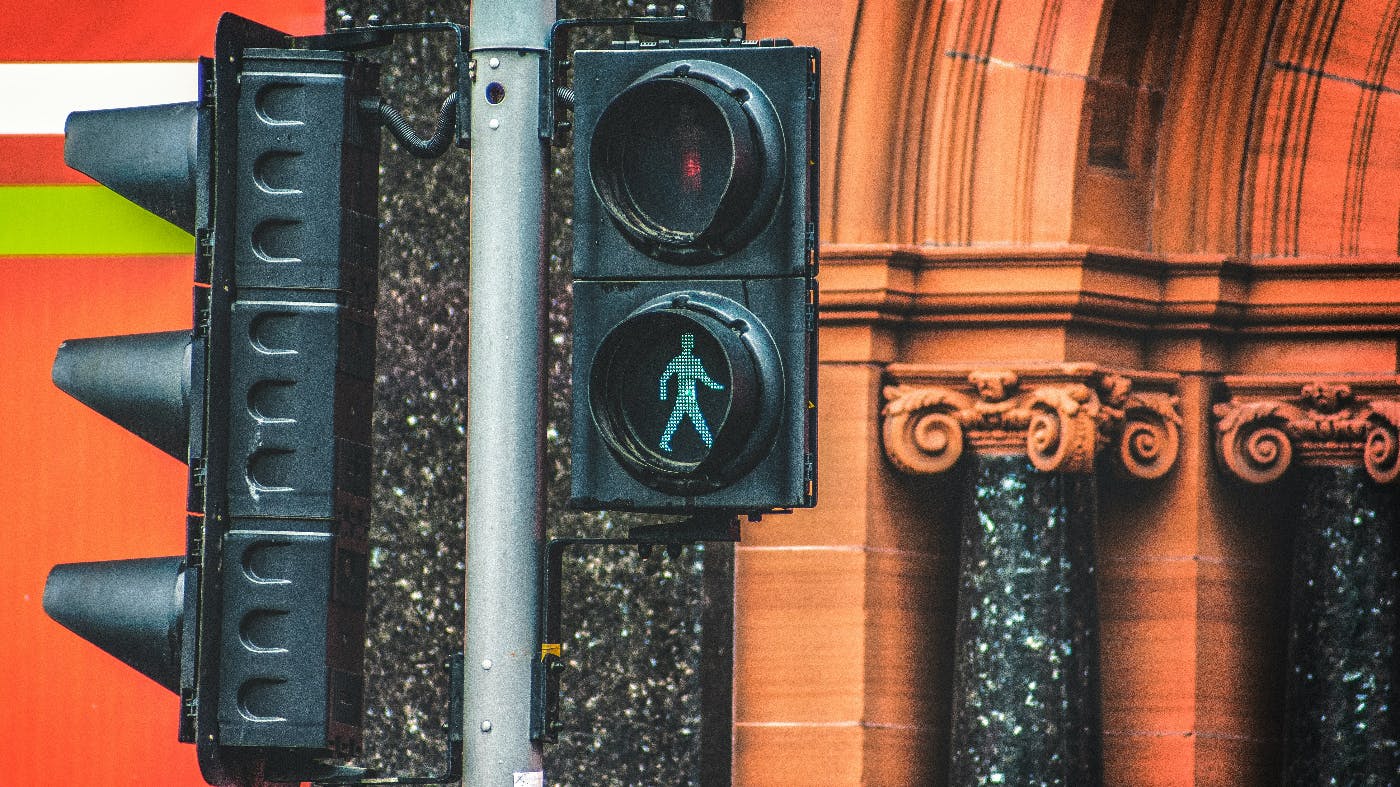
While these creations can be entertaining or even beneficial in specific contexts, they also present significant legal and regulatory challenges.
What do you do if you get online one day and see that someone has made a negative ad using your image? What do you do if there is a video of you doing terrible things to a chicken, but the image of you is a deep fake? Well, you can ignore it or weep, but you should talk to someone about the potential of a defamation lawsuit. Yes, we’re saying you need to get litigious.
It’s another sticky bit about AI. People can generate your image and, in a video or photo, make you do things that you wouldn’t do, which could bring significant amounts of trouble to your life. No one wants that. And the moment you think that cannot happen to me is the exact moment it happens to you.
ThoughtLab is looking at all things AI, and today, we’re examining liability and regulation regarding deep fakes. Let’s see what we’ve got for you.
To Start
In today's digital era, the rapid advancement of artificial intelligence (AI) technology has led to the proliferation of deep fakes, which are hyper-realistic manipulated videos and images. While these creations can be entertaining or even beneficial in specific contexts, they also present significant legal and regulatory challenges. From concerns about intellectual property rights to potential defamation claims, businesses must navigate a complex legal landscape when it comes to the use of deep fakes. This article will delve into the key legal issues surrounding deep fakes in the business world, explore recent developments in legislation and case law, and provide practical advice for businesses on mitigating legal risks.
Understanding Deep Fakes
Deep fakes are AI-generated content that utilizes machine learning algorithms to manipulate audio, video, or images to create highly realistic but fake representations of individuals. These creations can range from harmless comedic videos to malicious hoaxes designed to deceive and manipulate. With the rise of deep fake technology, concerns have emerged regarding its potential impact on various aspects of society, including politics, journalism, and business.
Legal and Regulatory Challenges
One of the primary legal challenges associated with deep fakes is intellectual property rights. When a deep fake involves the unauthorized use of someone's likeness, it can raise questions about publicity rights and privacy. In many jurisdictions, individuals have the right to control the commercial use of their likeness, and using deep fakes to create false endorsements or advertisements without consent can lead to legal action.
Similarly, deep fakes can also infringe upon copyrights and trademarks. If a deep fake incorporates copyrighted material or trademarks without permission, it may violate intellectual property laws. This can result in lawsuits and damages for the creators and distributors of the infringing content.
Another significant legal concern related to deep fakes is the potential for defamation. Deep fakes can be used to create false and damaging statements or portrayals of individuals, leading to reputational harm. In such cases, the individuals depicted in the deep fakes may have grounds to sue for defamation or libel, seeking damages for the harm caused to their reputation.
Furthermore, deep fakes have broader societal implications that extend beyond individual legal claims. The spread of false information through manipulated media can undermine trust in institutions and contribute to the erosion of public discourse. As a result, policymakers and regulators are increasingly recognizing the need to address the potential harms associated with deep fakes through legislation and regulation.

Recent Developments in Legislation and Case Law
In response to the growing concerns surrounding deep fakes, lawmakers worldwide have begun to take action to address the issue. Several countries have introduced legislation explicitly targeting creating and disseminating deep fake content. For example, in the United States, the Deepfake Report Act of 2019 required the Department of Homeland Security to produce annual reports on the use of deep fake technology and its potential impact on national security.
Similarly, the European Union has been exploring regulatory measures to combat the spread of deep fakes. The Audiovisual Media Services Directive, adopted in 2018, includes provisions to prevent the dissemination of deceptive audiovisual content online. Additionally, some countries have enacted laws that expressly prohibit creating and distributing deep fakes for malicious purposes.
In addition to legislative efforts, several notable court cases involving deep fakes have helped shape the legal landscape. For example, in 2020, a Dutch court ruled in favor of a politician who had been targeted by deep fake videos, ordering the removal of the videos and awarding damages for defamation. Similarly, in the United States, there have been several high-profile lawsuits involving deep fake technology, including cases related to revenge porn and celebrity impersonation.
Practical Advice for Businesses
Given the legal and regulatory challenges surrounding deep fakes, businesses must take steps to mitigate their risks when using AI-generated content. Here are some practical tips for businesses to consider:
Verify the authenticity of content: Before using any content that may be susceptible to manipulation, companies should take steps to verify its authenticity. This may involve conducting thorough background checks on sources and using advanced technology to detect signs of manipulation.
Obtain proper permissions: When using deep fakes that involve the likeness of individuals or copyrighted material, businesses should obtain the necessary permissions and licenses to avoid potential legal issues. This may require obtaining consent from individuals depicted in the content or obtaining licenses for copyrighted material.
Implement safeguards: Businesses should implement safeguards to prevent creating and disseminating deep fakes for malicious purposes. This may include implementing robust security measures to protect against unauthorized access to sensitive data and educating employees about the risks associated with deep fakes.
Stay informed about legal developments: The legal landscape surrounding deep fakes constantly evolves, with new legislation and case law emerging regularly. Businesses should stay informed about these developments and seek legal counsel to ensure compliance with relevant laws and regulations.
Summing Up
Deep fakes present significant legal and regulatory challenges for businesses, ranging from concerns about intellectual property rights to potential defamation claims. As lawmakers around the world take action to address the issue, businesses must take steps to mitigate their risks when using AI-generated content. By verifying the authenticity of content, obtaining proper permissions, implementing safeguards, and staying informed about legal developments, businesses can navigate the complex legal landscape of deep fakes and protect themselves from potential legal liabilities.

